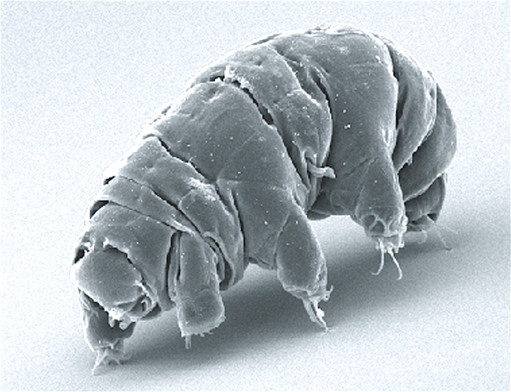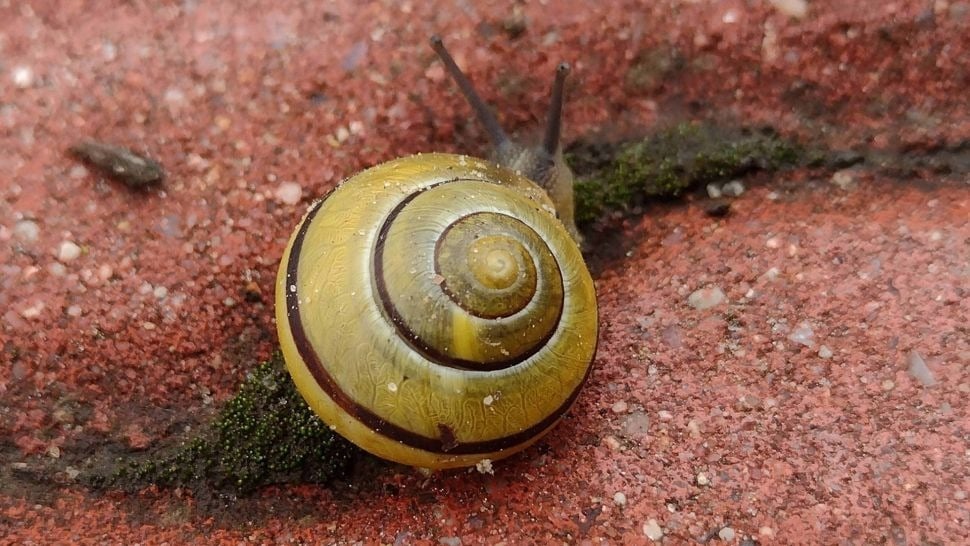
Tardigrades are perhaps the most resilient creatures on Earth. Popularly called water bears, or moss piglets, they can thrive in the most extreme of conditions — from the peaks of mountains to the bottom of oceans, to even the vacuum of space. Now, researchers have finally found the one thing capable of killing the otherwise indestructible microscopic organisms — snail slime.
Zofia Ksiazkiewicz and Milena Roszkowska of Adam Mickiewicz University in Poland stumbled upon the tardigrades' nemesis while trying to determine how the tiny creatures traveled to new areas. Their reliance on wind currents and water streams is well-known. But the biologists suspected tardigrades might also be hitching rides on land snails since the two frequently coexist in the same habitats. Moreover, the slime, or mucus, that helps keep the snails' bodies from drying out provides the ideal environment needed to keep tardigrades active.

To test their theory, the researchers collected a few specimens of grove snails and Milnesium inceptum tardigrades, which coexist in ecosystems across Western Europe. The snails were allowed to crawl through water droplets and over clumps of moss containing tardigrades. The mollusks picked up 38 tardigrades from the water and 12 from the moss. The researchers speculate that snails may be a better transportation vehicle for the organisms than wind or water currents. That's because they are more likely to carry the tardigrades to a hospitable environment.
However, the free rides are not without peril. In a separate experiment, the researchers had snails crawl over tardigrades in a tun state. A tun state is when the tardigrades' bodies dry out and appear as lifeless balls. This ability allows the microscopic creatures to withstand extreme conditions.

The tardigrades attached to the snails were rehydrated and observed for signs of life. Ninety-eight percent of the tardigrades that had not been exposed to the snails' mucus survived. However, only 34 percent of those that came in contact with the slime could be revived. The Polish biologists, who published their findings in the journal Scientific Reports on April 14, 2022, believe this is because the tardigrades came back to life when they came in contact with the watery mucus. But they were unable to switch back to their dehydrated, or tun, state before it dried around them.
"We suspect that the mucus dried up too quickly and the tardigrades undergoing rehydration were unable to react quickly enough to the drying microenvironment," the scientists explained. "As a result, it was difficult to form correct tuns again in such a short time."
The mighty tardigrade may be able to survive some of the harshest conditions on the planet, but it would be wise of them to remain wary of the dangers of traveling by snail!
Resources: Livescience.com, Popsci.com, CNN.com, Guardian.com.
